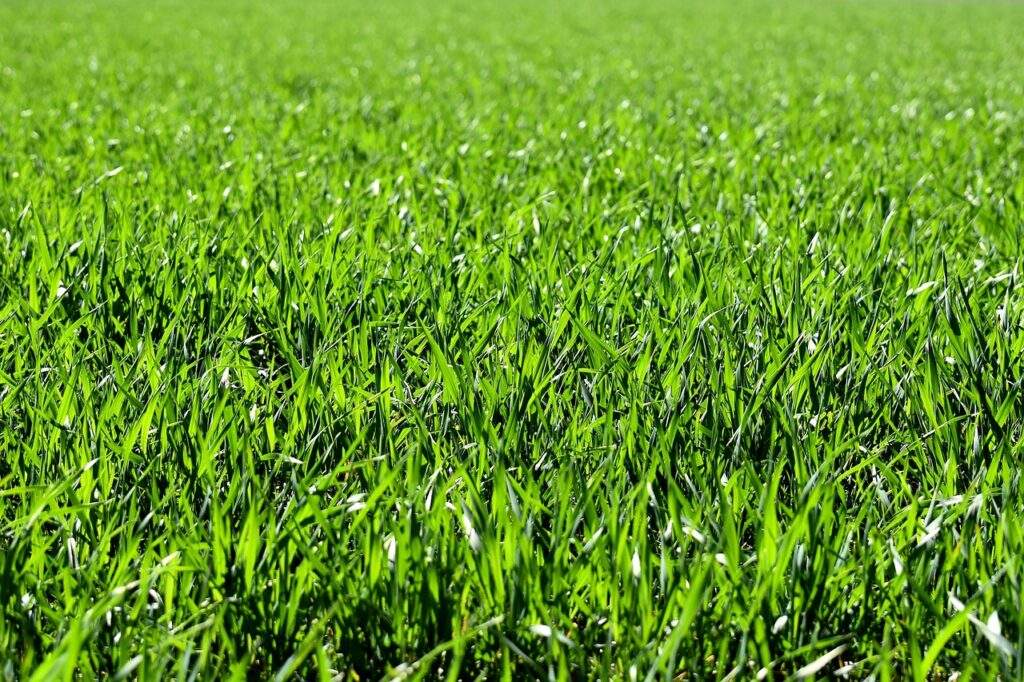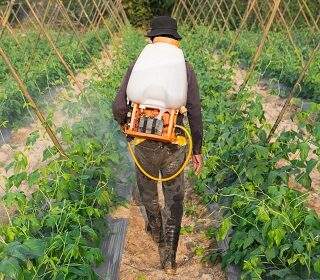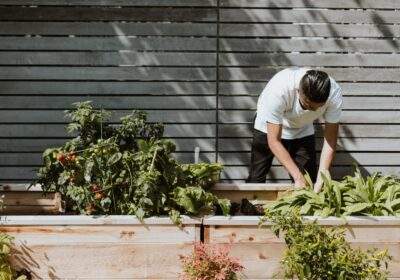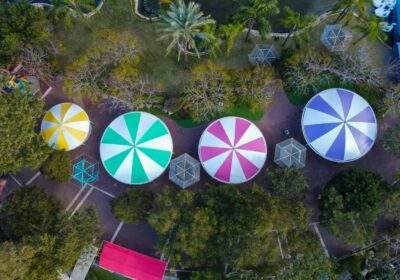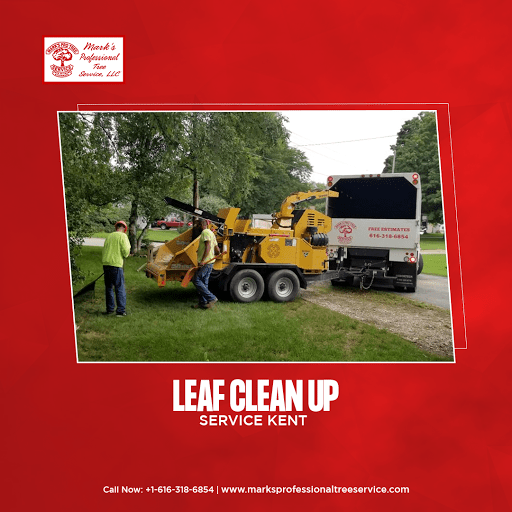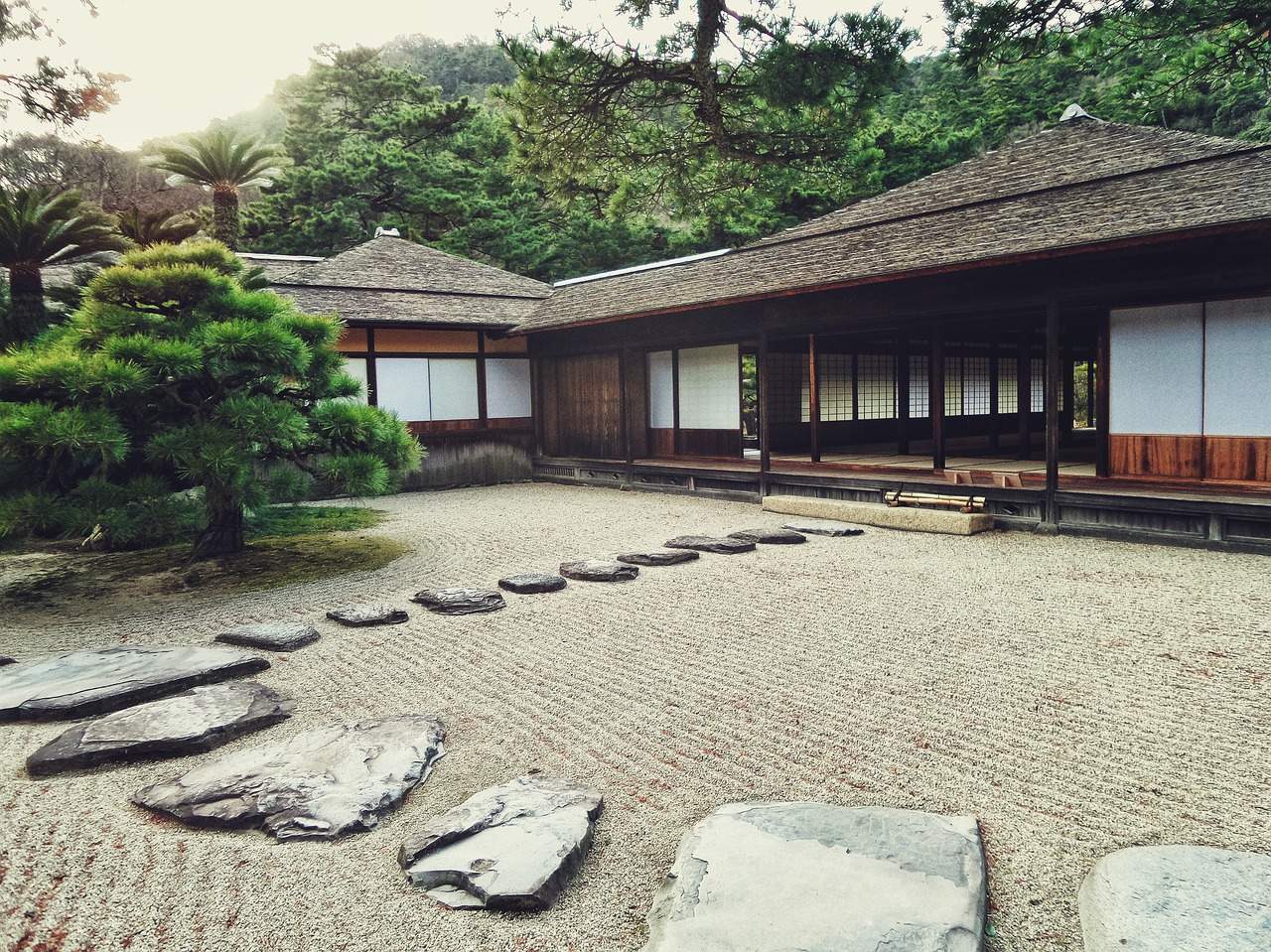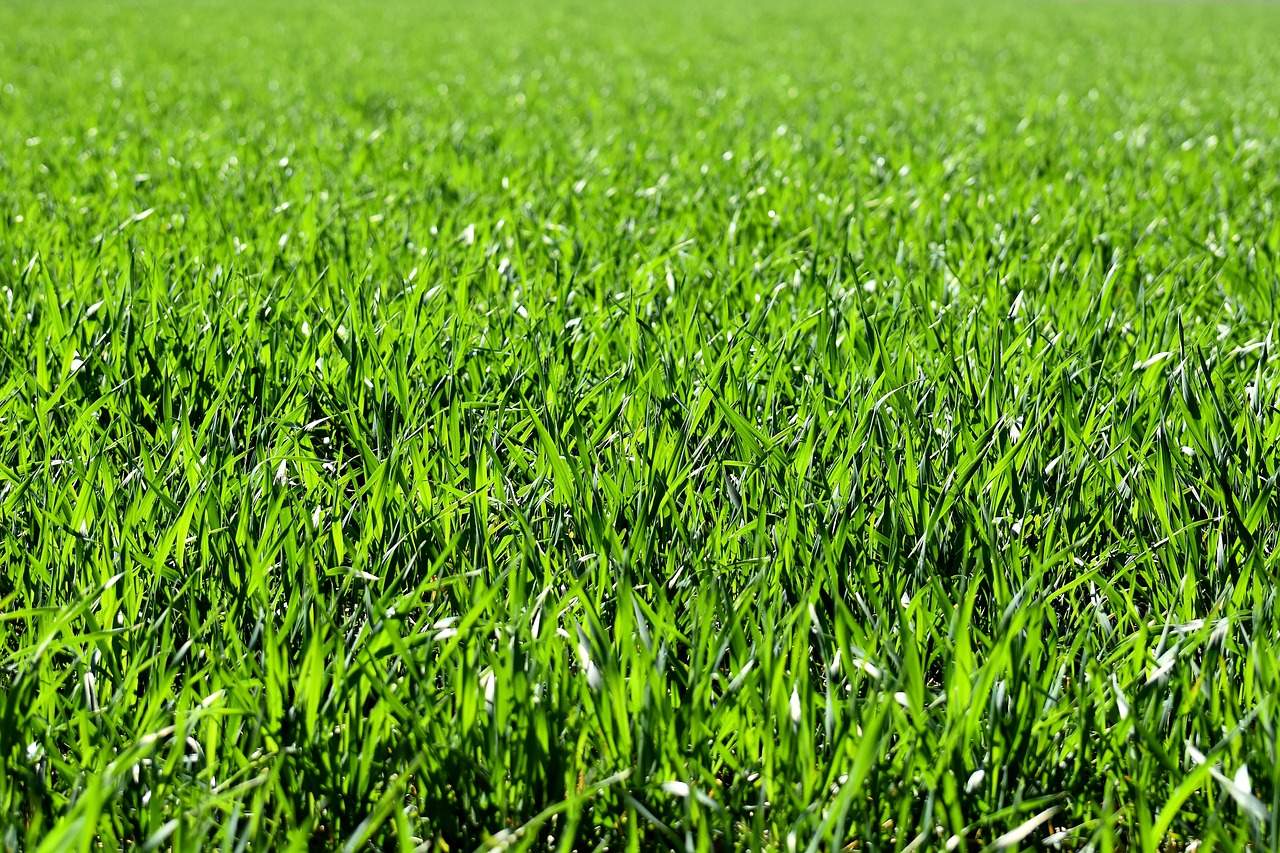
Principles of Landscape and Lawn Watering
Most lawns need to be irrigated every four to eight days, according to the Natural Resources Conservation Service (NRCS). To know if your property needs watering, dig up some soil and check that it’s damp six inches down. The moisture your landscape requires depends on several factors, including evaporation and plant transpiration. Understanding these processes can help you create an efficient and consistent irrigation schedule without waste.
Irrigation Systems
Irrigation systems provide a finely distributed amount of water to your lawn and plants. The system is based on a preprogrammed plan with specific zones with unique needs. It prevents the issue of overwatering or underwatering that occurs when dragging a hose around with sprinklers that aren’t preprogrammed. This system also reduces the loss of nutrients due to overwatering because a sprinkler sprays water at different volumes depending on where it’s being applied. The system also accounts for rainfall and adjusts accordingly.
Ultimately, a well-designed lawn irrigation system provides many benefits to homeowners, including saving time, money, and the overall beauty of their landscapes. It’s a wise investment in your property that will add value to your home should you choose to sell it. A healthy, green yard is also an attractive curbside feature for visitors and neighbors. It will facilitate making a favorable first impression on visitors. And, of course, you’ll save time on maintenance.
Watering Schedules
Watering the landscape at the proper time can significantly reduce unnecessary water usage and maintain healthier plants. Ideally, irrigation runs in the early morning or late afternoon to promote better moisture absorption before the sun comes up and reduce excessive evaporation. Watering after dark can encourage rot and fungal growth. It can take time to determine the correct watering schedule for new landscaping or established plantings, especially regarding varying soil types. Too little water can lead to wilted plants, while too much water can create root rot and encourage mosquitoes and other pests. Finding the right balance and remembering that lawns require less water than many other plants is essential. It may be necessary to rinse the landscape weekly during the growing season and only supplementally during a drought or hot weather. Irrigation scheduling is a complex subject requiring ongoing monitoring and weather pattern adjustment.
Irrigation Controllers
Whether you live in an arid region requiring frequent home irrigation or have an established garden with many plants, the right landscape system can meet your irrigation needs and help you save water. Your irrigation controller is the key. A standard irrigation controller relies on the programming entered at the beginning of the season to determine how often and for how long each zone should be watered. If outfitted with a rain sensor, it may skip a watering cycle based on the rainfall received. Newer products, called intelligent irrigation controllers, tap into local and site-specific landscape information to create a watering schedule that better matches your landscape’s needs with the current weather conditions. Some have a mobile application that allows you to operate your controller from a smartphone or tablet. Replacing a standard clock timer controller with an intelligent irrigation system can save you up to 10 gallons of water daily!
Sprinkler Heads
Sprinkler heads are the devices that spray water on your lawn and landscape. There are several types of sprinkler heads, each with a unique purpose. For example, rotary heads shoot a directional stream of water, while pop-up spray heads are designed to cover a large area. Different types of sprinklers should be used separately because each head type has its GPM (gallons per hour) requirements and application rates. Using different heads in the same zone will result in some areas being over-watered and others under-watered.
Other types of sprinklers include drip irrigation, which consists of porous tubing that is buried in the soil and then pressurized to distribute water to the roots of plants and trees. It is ideal for shrubs and flower beds because it allows you to rinse individually or in groups. Mulching around flowers, shrubs, and trees is also beneficial because it helps to keep the soil warm, improves water penetration, controls weeds, and decreases water evaporation.









